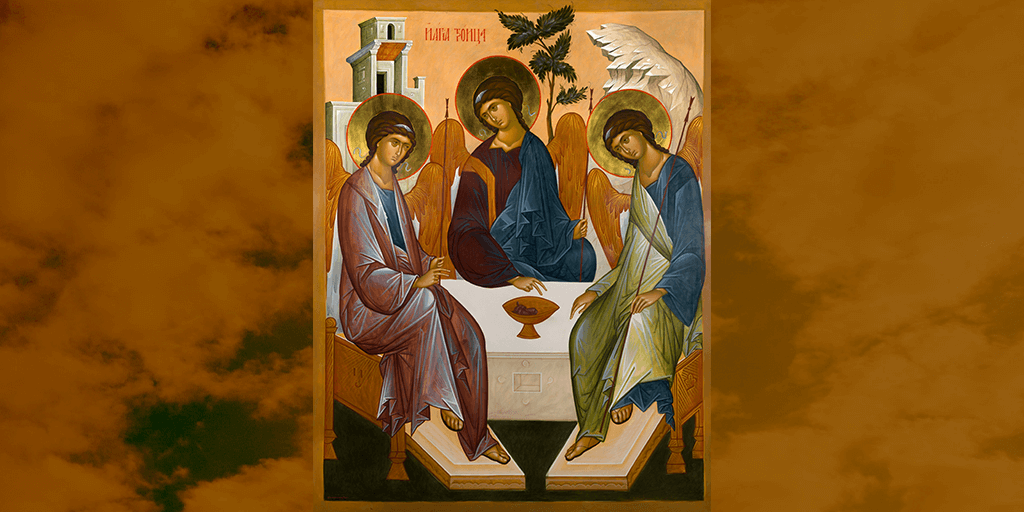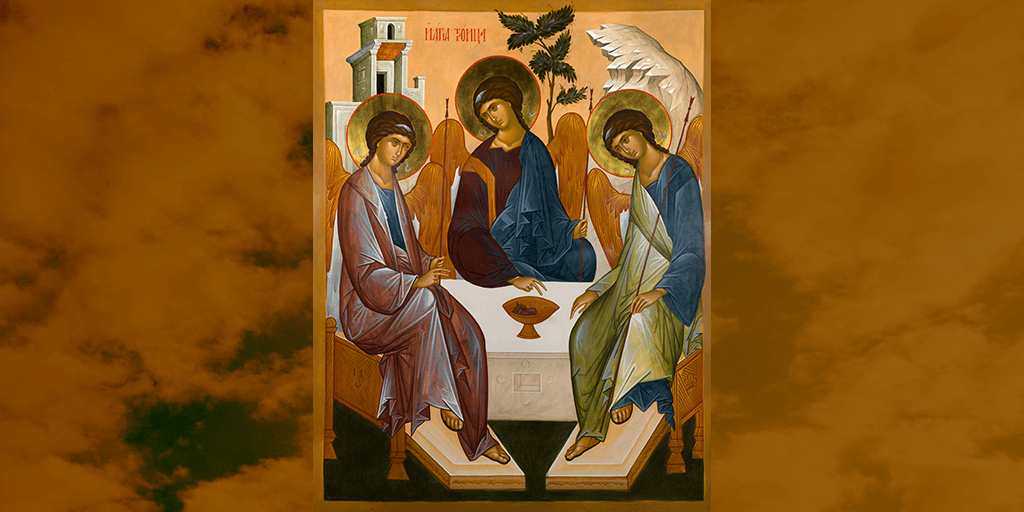THEOLOGICAL DICTIONARY Theology Nature of Christ Isaiah 7:14 A Study of Theology III – Part 6 (Dr. Thomas Figart) Dr. Figart continues his study of the Nature of Christ. A Study of Theology III – Part 6 Dr. Thomas Figart
- The Saviour (con’t)
- Hypostatic Union of the two Natures in Christ.
- Definition: “Hypostatic” comes from two Greek words, hupo (under) and histasthai (to stand) i.e. to stand under; a basis. Then it came to mean substantial, and substance and finally person. Thus, the hypostatic union refers to the personal union of the divine and human natures of Christ; He is one Person with two natures.
- O.T. prophecies of Messiah as a Divine-human being.
- N.T. statements of His Divine-human existence.
- Christ is One Person.
- Christ has two Natures.
- The Communion of Attributes. The attributes of both natures in Christ belong to His Person, so that He has seemingly contradictory qualities. Thus, He can be weak and omnipotent, can be omniscient and increase in wisdom, can be less than the Father and equal to the Father. Though each of these can be traced back to the corresponding nature, there is this communion of attributes manifested in seven categories.
- Results of the Hypostatic Union.
- The Impeccability of Christ.
- Definitions: Peccability means Christ could have sinned but did not. It was possible for Him not to sin; posse non peccare. Impeccability means Christ could not sin. It was not possible for Him to sin; non posse peccare.
- First Question: Can an impeccable person be tempted?
- Second Question: Were Christ’s temptations real since He had no corresponding nature within to respond to sin?
- Third Question: Can the attributes of deity allow for the possibility of sin? Answer: No!





Leave a comment